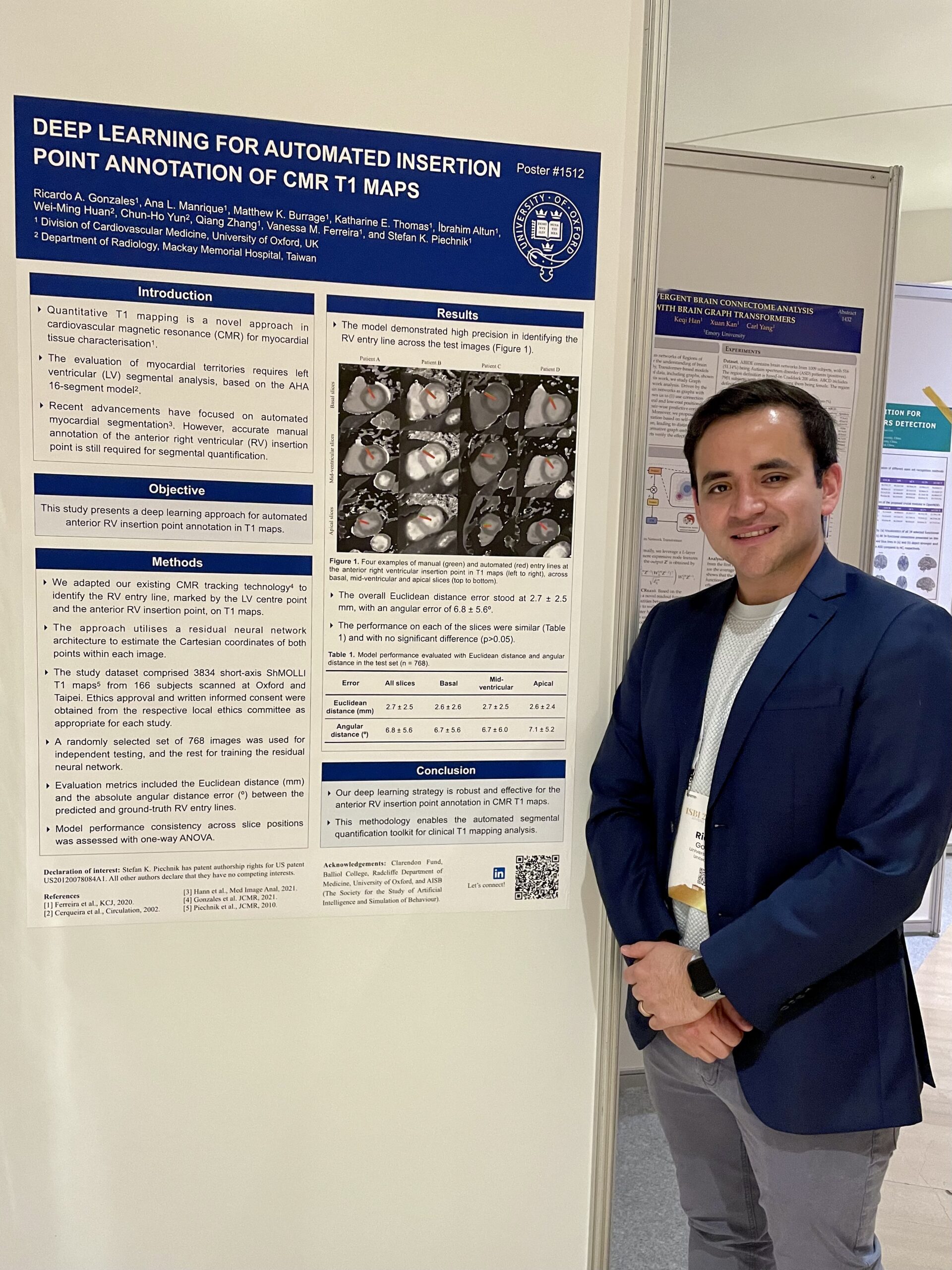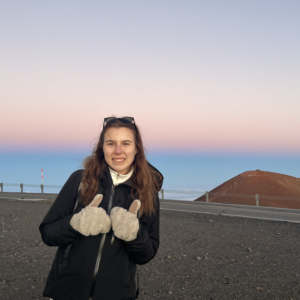Conference Report: 3rd International Conference on Ethics of Artificial Intelligence (3ICEAI)
Leonidas Chiotis (University of York)
I attended the 3rd International Conference on Ethics of Artificial Intelligence held from the 23rd to 25th of September at Ponta Delgada, São Miguel, Azores Islands, Portugal. The conference have me the opportunity to attend numerous talks by distinguished professionals and academics working in the field of AI Ethics. I also presented a paper titled: ‘Can Artificial Ethical Assistants Enhance Human Decision-Making in Virtue Ethics?’. This work was developed as part of my PhD thesis in Philosophy at the University of York supervised by Alan Thomas. Conference expenses were funded by The Society for the study of Artificial Intelligence and Simulation of Behaviour and the Philosophy Department at the University of York.
Presented Research
The work that I presented focused on examining the possibility of Artificial Ethical Assistants, that is AI Assistants that can potentially enhance our ethical – decision making. More specifically, I argued that it is possible we create and use AEAs that can help better our ethical decision-making in a virtue ethical framework. By examining and criticising the existing literature on AEAs I conclude that many of the current proposals do not hold to scrutiny for various reasons and I primarily propose that we move away from a conception of AEAs that offer direct ethical recommendations as not only do they risk moral de-skilling they are also not at a level where they can provide morally useful advice. Instead, I propose that we create AEAs to take a more ‘hands-off’ approach that can help our ethical deliberations by recommending relevant literature, reducing certain biases and heuristics and ultimately help us towards the pursuit of ‘eudaimonia’. Certain drawbacks of this research were also highlighted such as its purely theoretical nature and conceptual problems with testing the efficacy of the proposed assistant.
paper
[Can Artificial Ethical Assistants Enhance Human Decision-Makingin Virtue Ethics? (p.54)](https://ifilosofia.up.pt/storage/files/Activities/MLAG_2022/MLAG/Book of Abstracts 3ICEAI .pdf)
Conference Overview
The conference run parallel sessions of speakers as well as several keynote presentations from invited speakers. Talks were given both by academics working at various different fields of study as well as professionals working at fields like medicine and computer science. The conference centralised on talks that showcased the intersection between Ethics and Artificial Intelligence which ultimately encompassed discussions of various philosophies and academic and practical fields. This resulted in productive discussions and feedback on the presented talks.
Highlighted Talks
Overall, the talks were informative and inspiring and showcased how radically differently can researchers approach the issue of AI ethics. There were certain talks that stood out because of their novelty or seemed to be particularly relevant and informative for my current PhD research. One such talk was a technical presentation on Medical LLMs and how they can be constructed to reduce hallucinations which carry immense risks in the medical field. The talk also argued that AI assistants should recommend relevant literature instead of direct recommendations which is one of the main points of my thesis. Another talk that argued for a shift of focus in academic literature as well as software production in the way we envision Artificial Moral Argents. More specifically it was argued that AMAs should not try to emulate human ethics as if often argued but rather we should shift our focus to creating a version of machine ethics that can be practically used and will be based on the particular strengths and features of AI. One of the keynote talks also presented a conceptual framework for analysing Artificial Intelligence and Institutional responsibility that could help mostly governments and policy making.
Social Opportunities
The conference provided plenty of opportunities for networking and socialising as well as tasting Sao Miguel’s local cuisine. I had the opportunity to engage with fellow participants and speakers during the breaks in the conference as well as during numerous lunches and dinners that happened in between. The setting of the conference at the University of the Azores provided a useful and pleasant environment for plenty of such activities. The opportunity was also given to explore Ponta Delgada as well as other landmarks in Sao Miguel Island. As this was my first time giving a talk in person a conference such as this the opportunities to engage with other researchers working in the field of AI ethics not only was incredibly pleasant it will also undoubtedly prove invaluable in the future.
About the Author
Leonidas Chiotis is a PhD Candidate at the Department of Philosophy at the University of York. His research focuses on whether and how can create AI software that can help us in our ethical decision making. He holds a masters in Philosophy by research from Newcastle University and a masters in Philosophy and Artificial Intelligence from University of York. He completed his Bachelors in Law at the University of Surrey.






